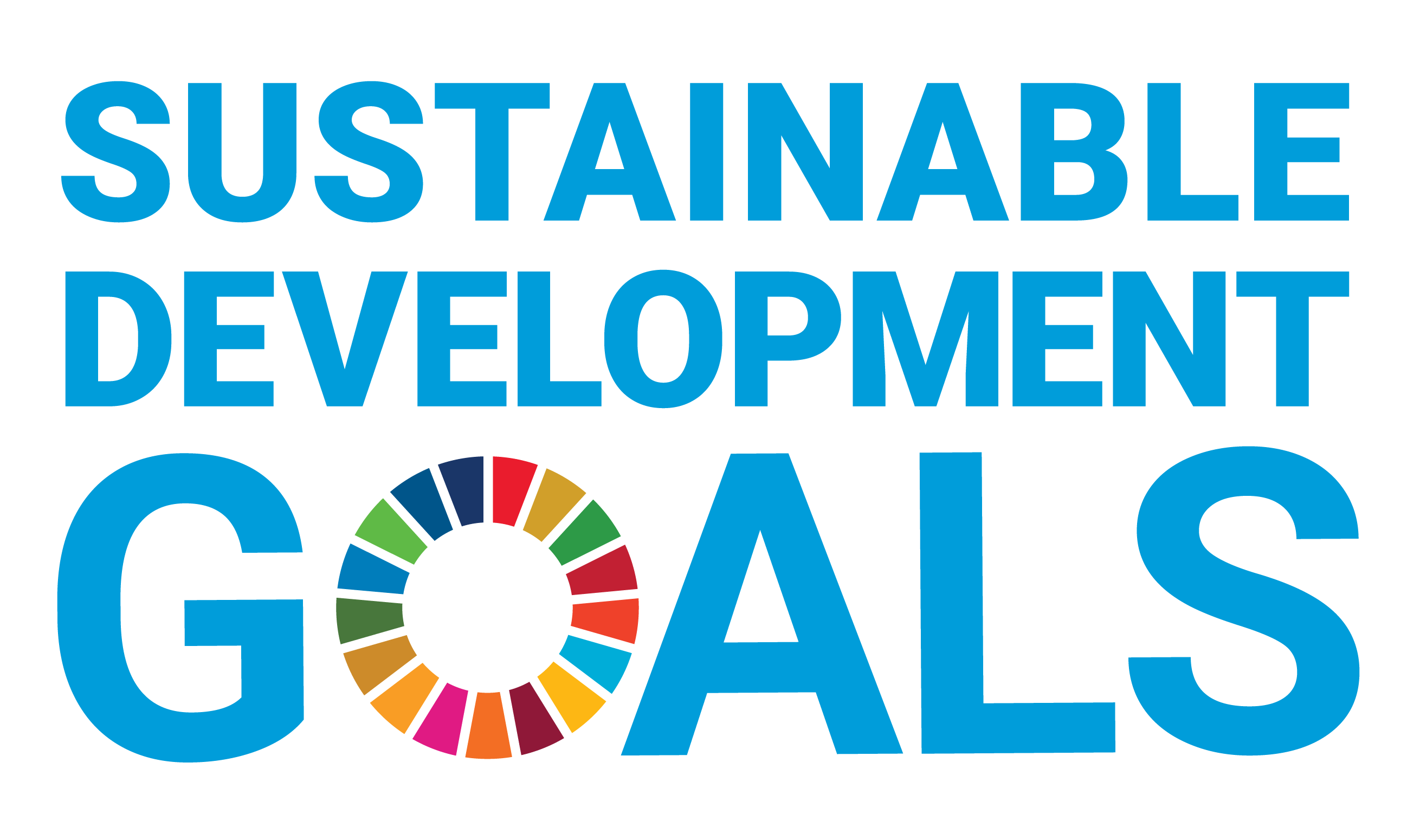Document Type
Article
Publication Date
2022
Abstract
This study found Philippine family demands for (1) electricity, (2) gas and liquid fuels, (3) solid fuels, (4) food, and (5) others—based on Family Income and Expenditure Surveys (FIES) in 2009, 2012, and 2015—are rational (i.e., expenditure minimizing). Specifically, all own-price elasticities are negative (downward sloping demand curves). Cross-price elasticities between (1), (2), and (3) are positive (substitutes) while cross-price elasticities of (1), (2), and (3) with (4) or (5) are mostly negative (generally complements). Income elasticities are positive (normal goods), except for (3), comprising “fuelwood, charcoal, and biomass residues” that are consumed less at higher incomes (inferior goods). These elasticities yield a Hicks-Slutsky substitution matrix that is symmetric and negative semi-definite—the necessary and sufficient conditions for expenditure minimization—a finding unprecedented in a Philippine demand study. These results validate computing compensating variation (CV) and equivalent variation (EV) that are changes in compensated incomes for restoring welfare after prices change. During 2009-2015, the overall Consumer Price Index increased 3.08 percent annually to which energy price increases contributed 0.23 percentage points, about equal to mid-point CV and EV estimates of welfare losses ranging 0.18 to 0.30 percent of 2009 total expenditures. However, improved household energy end-use efficiency by “waste” reduction compensated the above welfare losses even without increasing total expenditures or investing in efficiency improvements.
Recommended Citation
Dumagan, J.C., & Abrigo, M.R.M. (2022). Rational Choices and Welfare Changes in Philippine Family Energy Demand: Evidence from Family Income and Expenditure Surveys, DLSU Business & Economics Review, 32(1), 30-55.



